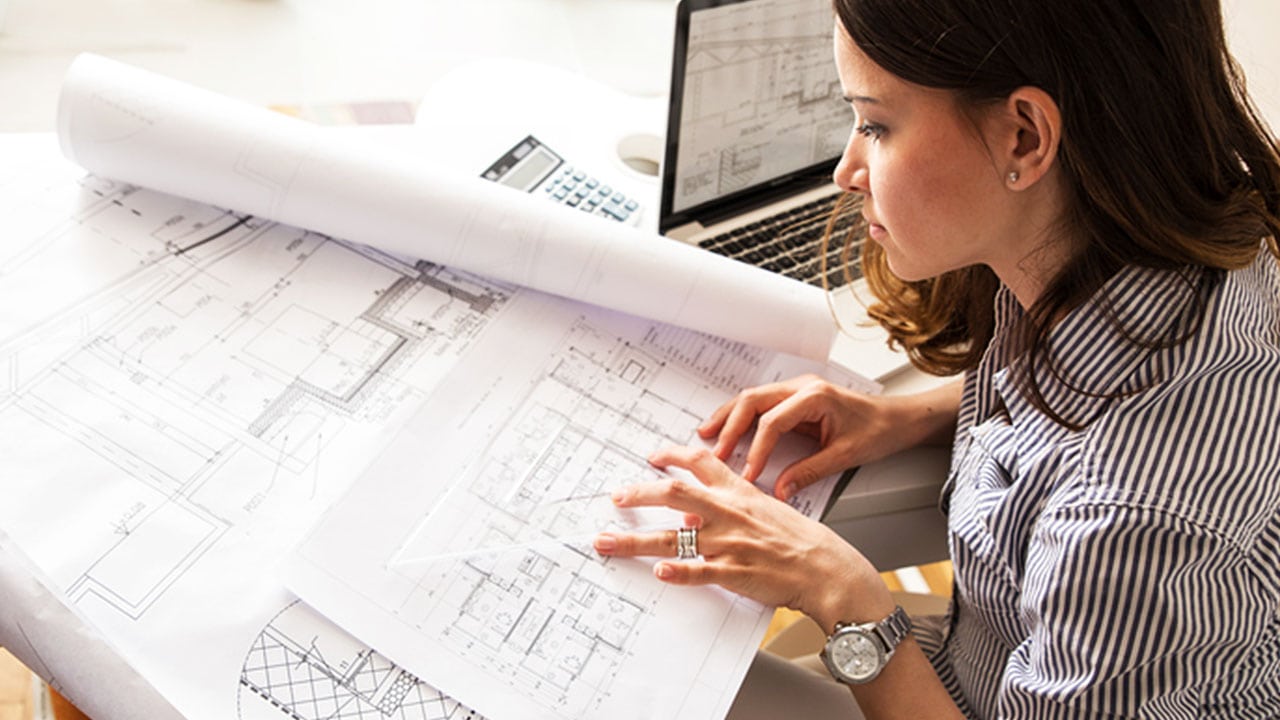Co-living is becoming more popular in large cities like London and New York, with co-living spaces such as The Collective, Common, and WeLive enjoying the significant attention. As cities grow, housing gets more expensive, apartments are harder to find, and living spaces get smaller. For people with lower rental budgets, co-living can offer a more convenient and affordable housing solution. Those aren’t the only benefits of co-living spaces, though. The advantages of co-living also include the convenience of a single bill that covers everything from electricity to maintenance, as well as the chance to be a part of a close-knit community.
Professionals trained in building information modeling (BIM) will be instrumental in the planning and design of future co-living spaces, helping to improve models, as well as boosting the efficiency of construction.
Co-Living Spaces Are Unique and Complex
Co-living spaces are quite unique and sometimes very complex. Designs for one co-living space can be very different from another, as each community may have different preferences. For example, some residents interested in occupying co-living spaces prefer to share only workspaces and common areas, keeping kitchens, bathrooms, and bedrooms private. Others, on the other hand, may prefer to also share kitchen space with fellow residents.
An initial BIM model can help design teams better visualize and modify certain rooms in a structure to the preferences of potential residents. They can make certain rooms larger, such as bigger kitchens and dining areas that can house many people, while sectioning off smaller private spaces.

BIM can help incorporate feedback and preferences into designs
Professionals With BIM Training Can Modify Co-Living Projects
In a few instances, residents of co-living spaces were found to be uncomfortable living in massive towers housing hundreds of apartments. In fact, Ikea surveyed more than 7,000 people from 147 countries and discovered that residents prefer to live in a more intimate co-living setup, with smaller communities containing 4-10 people.
The skills professionals with BIM training have cultivated can help them make appropriate changes to co-living designs before the construction phase—or help with renovations—to meet the needs of residents. A good example for professionals to draw inspiration from is the Lange Eng Cohousing Community in Denmark. This co-living structure forms a ring of smaller interconnected homes, equipped with private roof terraces, surrounding a large communal garden. This offers residents a nice mix of both public and private living spaces.
User Experience Can Inform the Design of Co-Living Spaces
In order to make the right changes to a co-living project, it’s important for graduates of BIM courses to know what residents want from their co-living space. To get that information, design teams can learn from product research and customer interviews, which can help to improve the usability, accessibility, and enjoyment of the co-living spaces they design.
With the help of this research, designers can know the needs, concerns, motivations, and behaviours of potential residents, and make design changes accordingly. As BIM makes collaborating with other team members easier, the information gained and feedback offered by other team members can help to easily inform BIM models. Different team members can add different design elements to a model so that the needs and concerns of co-living residents are all taken into account.
Are you interested in working with BIM?
Contact Digital School and sign up for our building information modeling courses!

